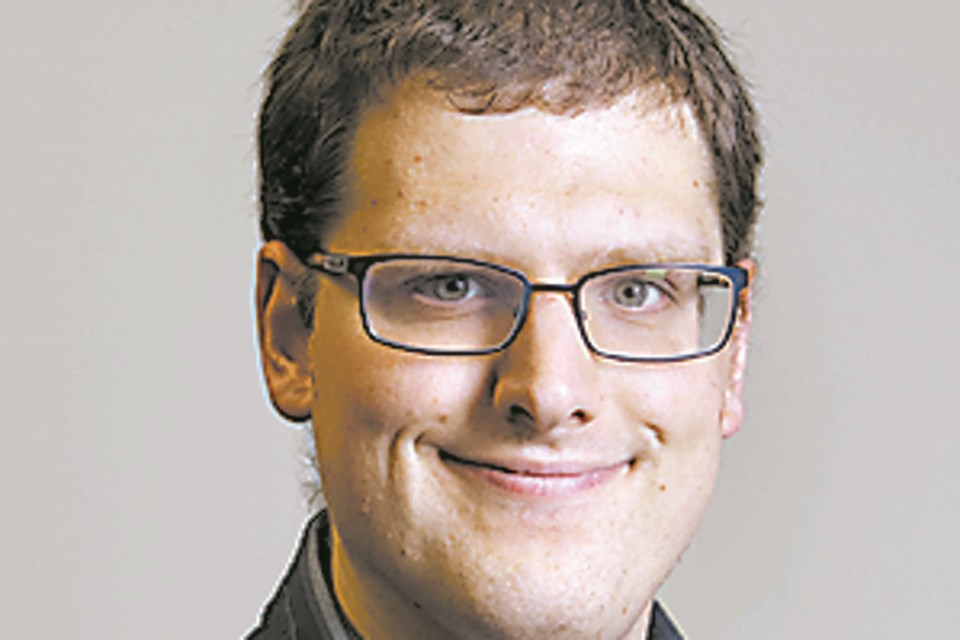The horrific discovery of the remains of 215 Indigenous children buried in unmarked graves at a former residential school in Kamloops, B.C., shocked many Canadians and forced them to take a long, hard look at our country’s history.
In St. Albert, there’s a push to rename schools originally named for the Oblate priest Vital Grandin, who was heavily involved in the residential school system and talked about making Indigenous children ‘ashamed’ of their identities so they would want to assimilate into non-Indigenous society. Similar actions are happening across the country, with moves to remove statues of historic figures associated with the system and rename schools and other infrastructure.
Some Indigenous commentators, such as Sto:lo writer Lee Maracle and Anishinaabe Sen. Murray Sinclair, are skeptical about whether these moves will result in longer-term change beyond symbolic apologies.
Indigenous thinkers and writers have been talking about that change for a long time, longer than most of us realize. In their book The Reconciliation Manifesto, Grand Chief Ron Derrickson and Secwepemc thinker Arthur Manuel wrote about the need to restore Indigenous land bases, governance, and constitutional Treaty rights. The 2015 Truth and Reconciliation Commission’s recommendation 45 includes recognizing Indigenous legal traditions and Treaty rights on a "nation-to-nation" basis. Going further back, the 1996 Royal Commission on Aboriginal Peoples said similar things about land bases, Treaty rights, and the nation-to-nation relationship.
In 1991, Cree writers Ovide Mercredi and Mary Ellen Turpel-Lafond wrote in their book In the Rapids: Navigating the Future of Canada’s First Nations about the need to recognize Indigenous governance and Treaty rights, citing the "Two Row Wampum Belt" as a symbol of the relationship between Indigenous people and settler Canadians.
The 1984 Penner Report wrote about the need to establish Indigenous communities as a third order of government in Canada. In 1973’s The Fourth World: An Indian Reality, Arthur Manuel’s father George wrote about many of the same things his son did, also citing the Two Row Wampum. In 1969, Cree writer Harold Cardinal wrote The Unjust Society, condemning the federal government’s plan to abandon the Treaties and assimilate Indigenous people to become undifferentiated Canadians.
In 1910, the chiefs of the Shuswap, Couteau, and Okanagan peoples wrote to Prime Minister Wilfrid Laurier to protest the lack of lands their citizens were able to live on in B.C. and requested Ottawa’s help. In 1869, the Red River Metis condemned the federal government’s attempt to unilaterally control them, but said they were willing to negotiate fairly with Ottawa if their rights were respected. From the First Nations’ general point of view, the numbered Treaties were agreements to share the land with non-Indigenous people, not have their lives micromanaged.
In short, there has been a lengthy historic pattern of Indigenous people willing to share the lands forming Canada with the rest of us, but reserving the right to manage their own affairs and communities.
The question is whether the rest of us are willing to make the necessary changes to achieve true reconciliation.
Jared Milne is a St. Albert resident with a passion for Canadian history and politics.


